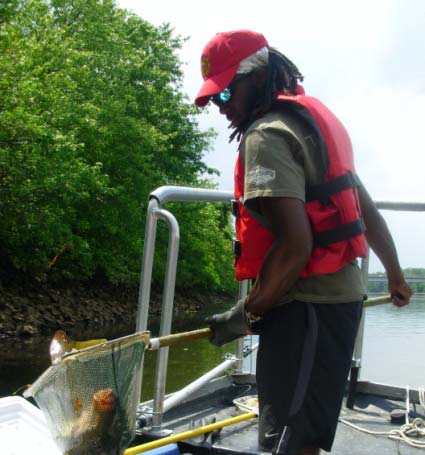National Rivers and Streams Assessment Fish Tissue Studies

The National Rivers and Streams Assessments (NRSA) are statistical surveys designed to assess the status of the condition of rivers and streams in the United States (U.S.) and to evaluate changes affecting the quality of these flowing waters over time. EPA works with state, tribal, and federal partners to plan and conduct these two-year surveys every five years. The surveys involve the application of standardized field sampling methods for collection of various water quality and biological samples from randomly selected sampling sites and the use of consistent laboratory methods for analysis of each type of sample. The results from these analyses produce chemical, physical, and biological data that provide a snapshot of the overall condition of the nation’s flowing waters during the two-year sampling period for each survey.
The NRSA are designed to answer questions, such as:
- What percent of the nation’s flowing waters support healthy ecosystems and recreation?
- What are the most common water quality problems in our flowing waters?
- Is the water quality in U.S. rivers and streams improving or getting worse?
These national surveys are providing critical water quality or related data that are consistent nationally. They are also contributing to building stronger water quality monitoring programs across the country through collaboration with partners to develop better methods and conduct new research. More information about the NRSA.
EPA conducts fish tissue contamination studies as part of the NRSA. Field crews collect fish for these studies that are commonly caught by recreational fishers. Laboratories analyze the levels of chemical contaminants in fillet tissue samples and deliver the data to EPA. EPA uses the fillet sample results to evaluate the potential health impacts for people who eat fish. EPA has conducted the following NRSA studies:
- 2018-2019 NRSA Fish Tissue Study
- 2013-2014 NRSA Fish Tissue Study
- 2008-2009 NRSA Fish Tissue Study
